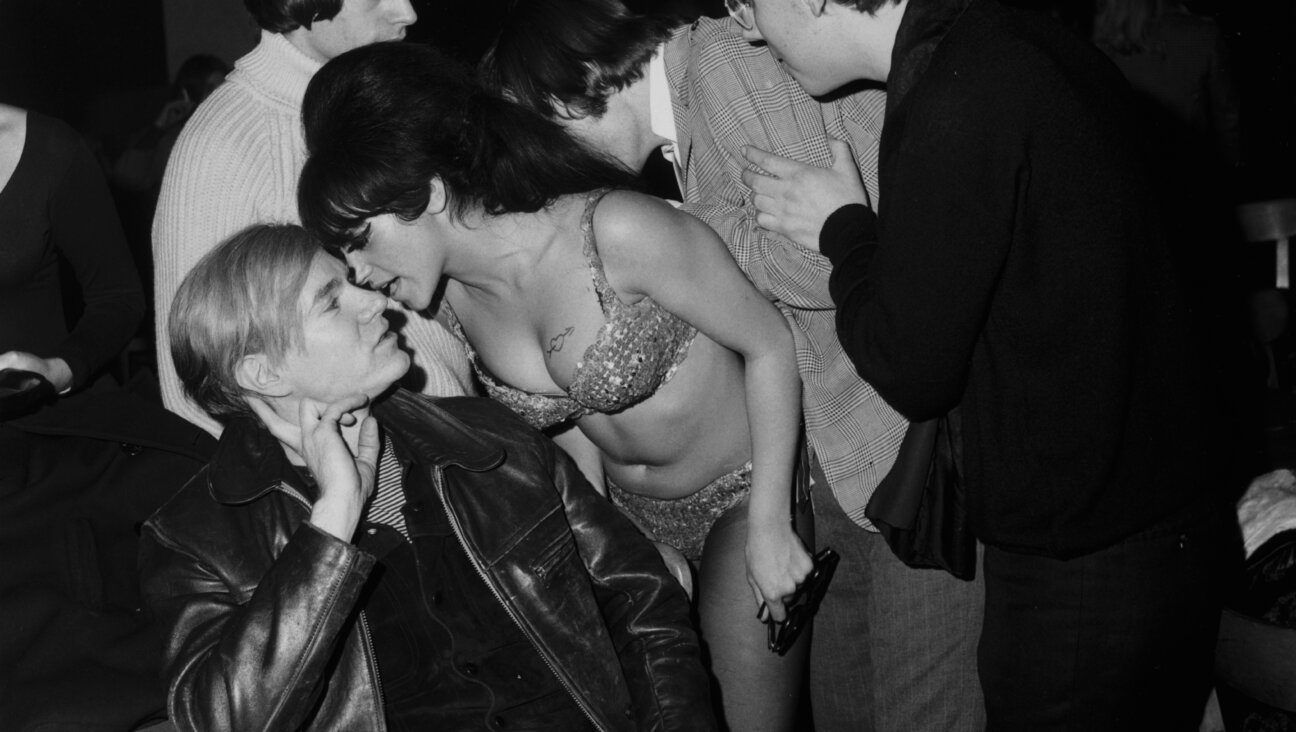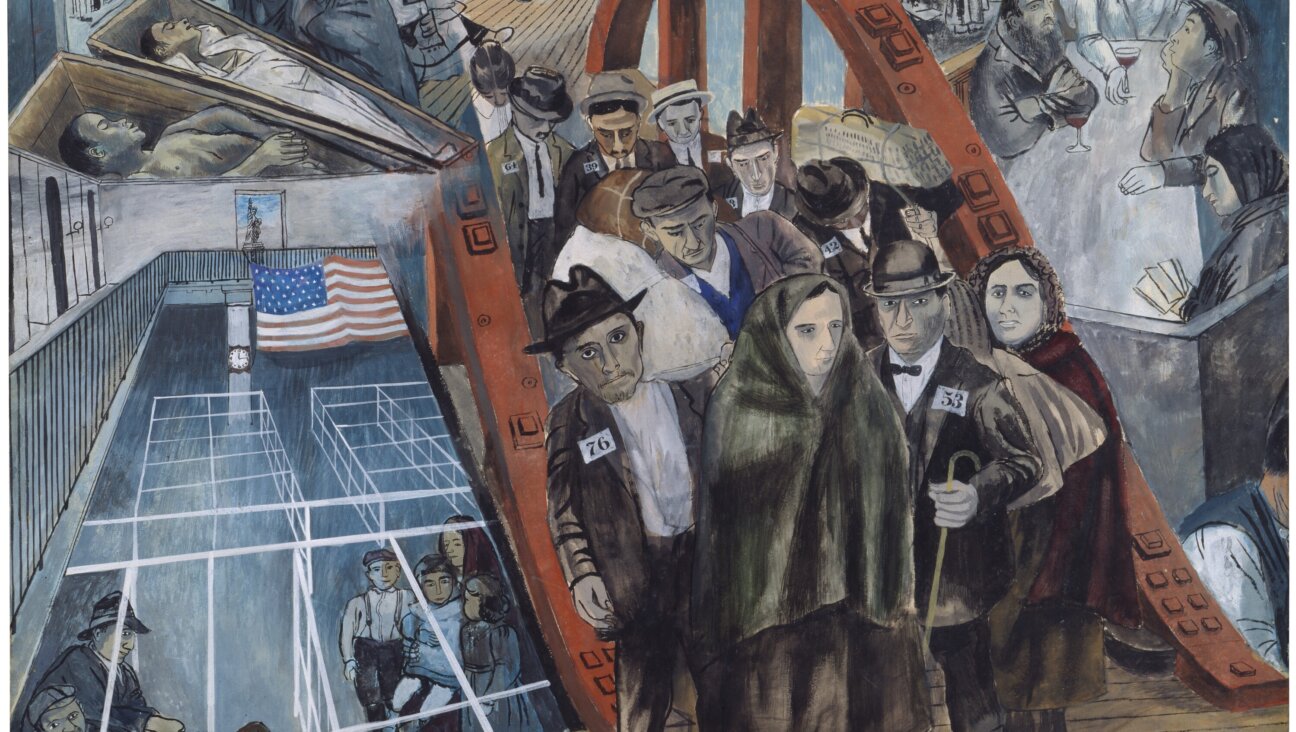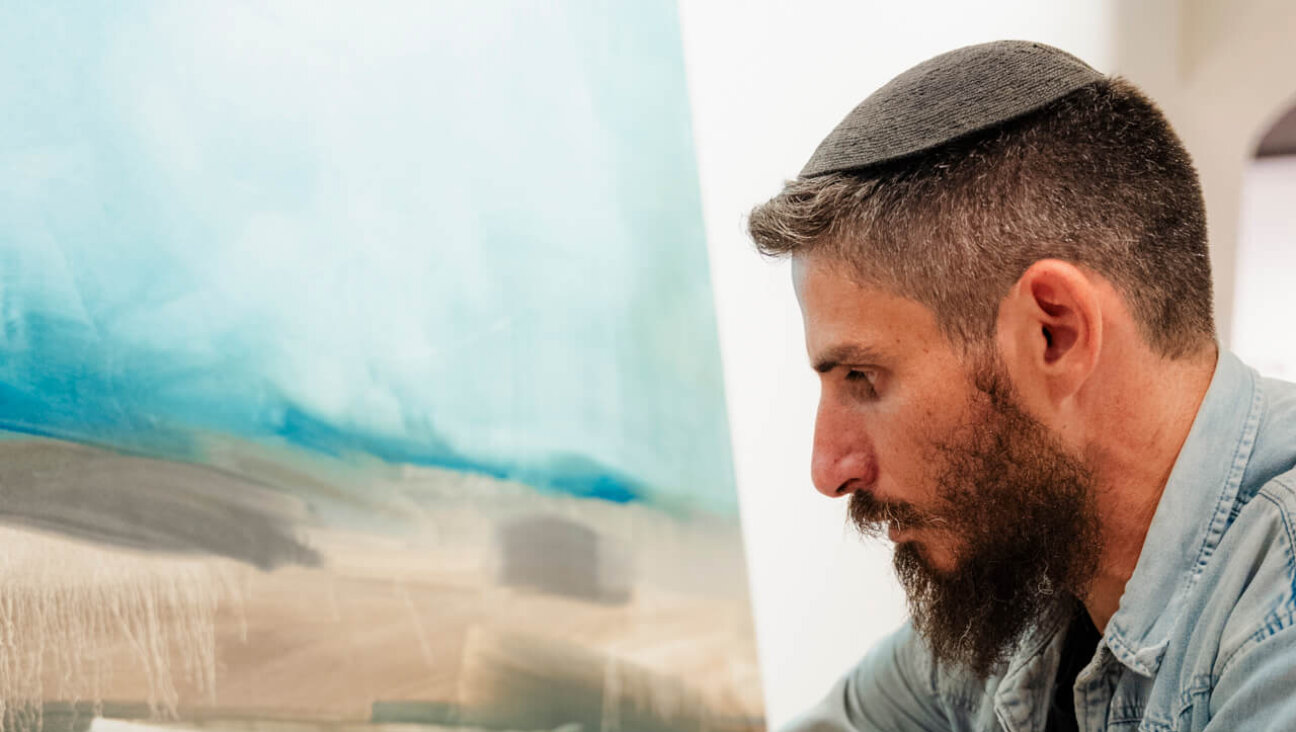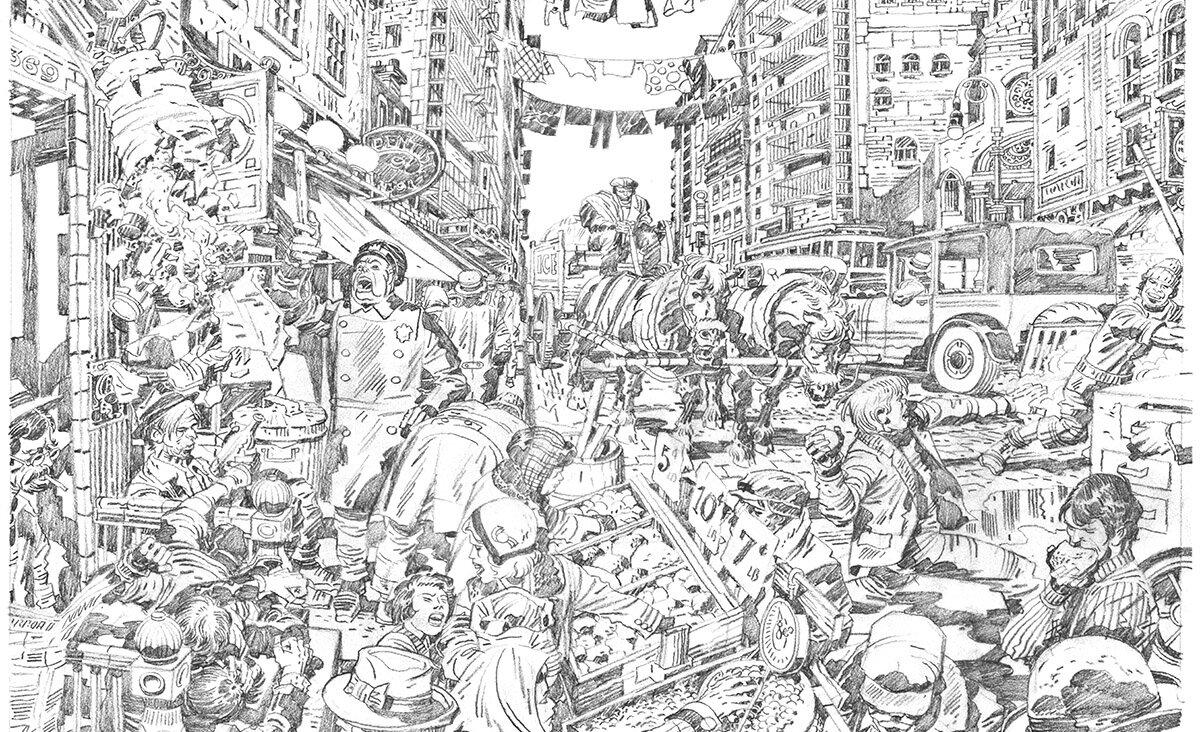At World’s Fair, Israel Looks Back To Its Future

Graphic by Angelie Zaslavsky
This year, Israel’s contribution to the World’s Fair is, more or less, breakfast cereal.
The theme of the fair, which opens in Milan in May and runs for six months, is “Feeding the planet, energy for life.” Israel will be represented by a 39-by-230-foot living billboard of wheat, rice and corn. It is meant to create the impression that a slice of the Israeli landscape was transplanted in urban Italy.
The vertical slab of vegetation is powered by drip irrigation, which pools at the bottom of the display and is piped back through to the top. Over the course of the exposition, the crops will mature from green sprouts to a golden field, which will then be rotated out for other seasonally appropriate produce. Behind the billboard, visitors can learn about the history of Israeli agriculture and modern Israeli innovation and eat at a cafe serving Israeli cuisine.
Despite the futuristic billboard, there’s something retro about Israel’s agricultural pitch to the family of nations. Israel has long swapped its communal agrarian identity for a capitalist society that is one of the most unequal among Western nations. The kibbutz movement is a shadow of what it once was, and nearly all of the farm labor in Israel is performed by foreign workers. But organizers say that Israeli agriculture heritage, as much as its identity as a “start up nation,” is a selling point.
“We can present to the world our achievement in agriculture technology to show that Israel is not only a country in political conflict located in the Middle East, where there are so many problems,” said David Knafo, the lead architect on the project.
In fact, at a time when Israel’s image is becoming increasingly tenuous abroad, the foreign ministry sees the expo as a crucial hasbara, or public diplomacy, effort. Unlike the Olympic games or the World Cup, which have limited seats, the Expo is open to the public and welcomes tens of millions of visitors. This year, Israel’s pavilion cost about $10 million dollars, a quarter of which came from the Jewish National Fund, which develops Jewish projects in Israel and, more controversially, the West Bank. The pavilion will be in a “very, very important location,” said Knafo. It will be just in front of the Italian pavilion and close to the central plaza. “That means we are going to be exposed to practically every visitor to the park,” he said.
Elazar Cohen, the general commissioner of the Israeli pavilion at Expo 2015, called the project “a good way to represent the soft power achievements of Israel.”
Israel has taken part in the World’s Fair since even before it was a state. The first World’s Fair was in 1851 in London. Originally a forum for nations to show off their technological prowess, the fair later morphed into a venue for culture exchange and marketing. At the 1939 exposition in Queens, New York, the Jewish Palestine Pavilion introduced the world to Jewish statehood with a copper art deco sculpture of three figures entitled “The Scholar, The Laborer and the Toiler of the Soil.”
Twenty-five years later, sovereign Israel returned to Queens for the 1964 World’s Fair. Israel nearly canceled its appearance for financial reasons, but was bailed out by the American-Israel Chamber of Commerce, which created the joint American-Israel pavilion. The spiral-shaped building depicted 4,000 years of Jewish history with dioramas and artifacts and included a snack bar with falafel and frankfurters.
According to news reports from the time, Jewish groups in New York objected to the Jordanian pavilion, which invited visitors to “hear a word on Palestine.” American Jews unsuccessfully petitioned the city to remove a mural of a Palestinian refugee and her child. At one point the Jordanian flag was stolen and replaced with a pennant from the American-Israel display. The American-Israel team denied responsibility.
Israel upped the ante in its World’s Fair presentation in 2010 at the Shanghai Expo, where it created a 2,000-square-meter pavilion with two buildings that looked like a pair of clasped hands. A grove of 50 orange trees was rigged with audio equipment so that the trees “whispered” in English and Chinese as visitors walked through.
As in years past, Israel’s participation has raised the hackles of Palestinian rights activists, who maintain that the presentation distracts from Israel’s occupation of Palestinian lands. The Boycott, Divestment and Sanction movement in Italy launched a video contest to spoof Israel’s presentation, mocking Israel’s motto, “The Fields of Tomorrow,” as “The Fields of Apartheid.” YouTube removed the videos when the Israeli Foreign Ministry complained of copyright infringement.
On the Expo 2015 web site, which lists the participating countries in alphabetical order, Israel happens to find itself next to another country it is in conflict with: Iran. The Islamic Republic’s theme looks to impart lessons about responsible consumption, reflecting the idea that humanity is “invited to the party of God on earth.”
Naomi Zeveloff is the Forward’s Middle East correspondent.























